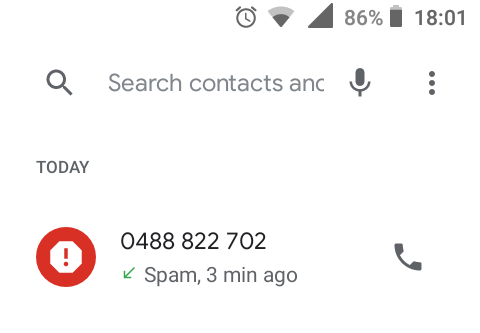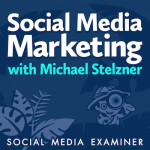Robocalls – Should you consider them?
Annoying; aggravating; infuriating however you describe robocalls they have become part of our lives unfortunately.
I was watching John Oliver’s segment on robocalls a few weeks back and it got me thinking (you can view it here).
Just so you know, I am not writing this article from the perspective of we should do this but I am interested in the theatrics of it.
Do robocalls work? Are they all scams? Could they even be considered a marketing technique?
Well, it may surprise you to learn that I was a telemarketer when I was much younger – after coming back from a backpacking trip and needed some quick income (ahh the early 20s – a magical and depressing time; equal parts delightful and sobering when I wasn’t drinking, that is).
I was working for a charitable fund selling lottery tickets, being a charity did soften the blow a bit to whoever answered, but still copped my fair share of verbal assaults from the homeowner. I would put my average fail rate at about 95% which in industry averages is about standard.
It wasn’t a complete robocall because last time I checked I am still human; but there was a computer making all the calls and I and the other 100 people in the room had roughly about 5 seconds in between calls.

Surely, being non-robot must have helped the equation, as I took a quick (and rather unscientific) sample of friends and family and found that no one would respond to a robocall. In fact, as the technology to make the calls advances, so do the devices we use to answer them. Most people automatically screen a call that isn’t in their contacts but our phones more often than not now tell us the country of origin and/or whether it is a suspected spam caller which make it doubly hard to get through.
Most salespeople and marketers alike know that it’s a numbers game at the end of the day and if you throw enough mud at the call wall some will stick hence the preponderance of calls being made.
In the same John Oliver story, it was predicted that 45% of mobile calls in 2019 in the US will be robocalls – a staggering amount and with any numbers game someone is bound to lose and someone is bound to win.
So, is being annoying a viable option?
Stop the presses

I literally just received a spam call as I was writing this – I thought I would have a laugh and answer anyway – it was a tele-survey for the upcoming election – no harm no foul right besides everyone knows who I am voting for…
Now on with the show
When I look at it, there are two ways to being annoying – either being present at an inopportune place and time or doing something that antagonises.
The robocall more often than not does both perfectly, you know they are going to call you when you have just sat down for dinner and they are proffering things you do not want or and more likely still suggesting you will go to jail or worse if action is not taken (I’m pretty sure I paid my tax bill).
The sheer volume, zero human resources, relatively cheap software and calls make it a viable option for many scammers but on the whole, it doesn’t work for a reputable brand as trust and connection are two of the most important facets when making purchasing decisions for punters and companies alike. (These two facets are actually why social media is quite a great economical marketing solution – check out our latest podcast which deals with social).
And the flipside to this is of course, talking to a robot when you make the call yourself – like calling a telco, for example, trying to meander through the often-ambiguous automated questions that will hopefully lead you to the right department but invariably does not.
This causes immense annoyance to the average joe or jane and can lead to lost customers. Companies spend millions trying to figure this out. Recently, a friend called up a car insurance and was greeted by a human and then put into the automate call which softened the blow a lot and increased his happiness with the call.
At the end of the day as you might of guessed it letting a robot do the work in what is traditionally a human to human interaction hasn’t really found traction yet but as technology gets better and the robots get more human-like you can bet your bottom dollar that they will be able to get your bottom dollar.
On a side note, and because you’ve made it this far, annoying isn’t just relegated to the domain of our cyborg overlords some of the most annoying marketing techniques are the ads themselves – enjoy….
Coles Down Down camopaign
Sometimes people get so annoyed at the annoying ads they take it upon themselves to rally against them
Chevy Malibu
Mentos Nipples
There’s also jingles that are just so damn catchy that are annoying I am thinking banana make those bodies sing; banana boat and cottees my dad picks the fruit.
And this absolute gem:

















